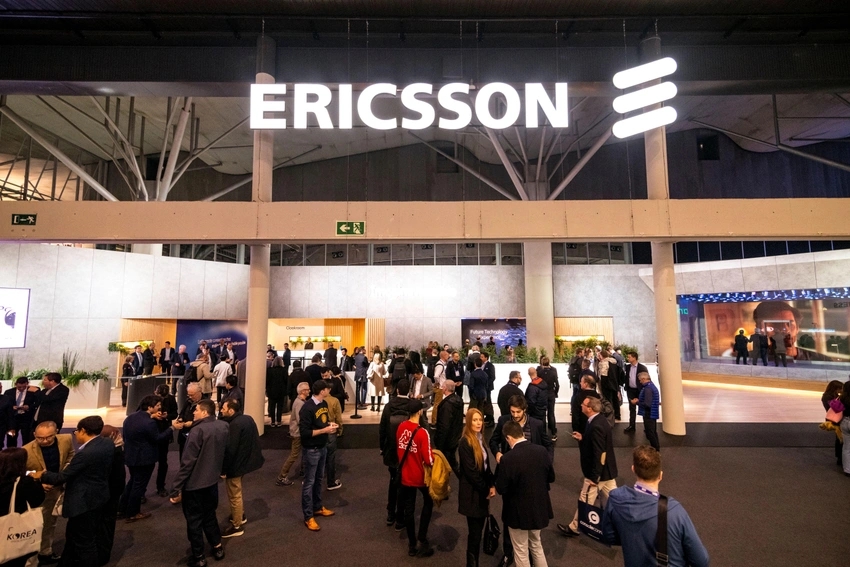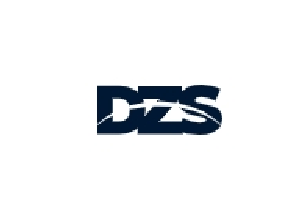Nokia sees more cable operators pivoting to fiber
With its nearly ubiquitous hybrid fiber coax (HFC) network, cable has long enjoyed steady growth in broadband over traditional telcos, which have lagged due to outdated copper last-mile infrastructure. However, telcos are gaining ground with their fiber-centric builds in the broadband market.
Despite cable’s dedication to wringing more out of the HFC network via DOCSIS upgrades, Nokia is seeing its cable customers look to them for PON solutions that can help them battle telcos’ fiber push.
Stefaan Vanhastel, VP of Marketing and Innovation for Fixed Networks at Nokia, said during the recent Fiber Connect 2025 show in Nashville that initially, cable didn’t think it needed to roll out fiber.
“Cable operators did not have any urgency to go to fiber because the coax plant was better than the twisted pair plant,” he said. “Now cable is starting to move, but they want to leapfrog the telcos.”
With large telcos like AT&T and others leveraging GPON, with an ongoing migration to XGS-PON, cable operators are eying 25G PON.
“Telcos are on XGS-PON,” Vanhastel said. “One of the questions we get from cable operators is, can we go straight to 25G PON?”
He added that the cost of 25G ONTs is making it attractive. “These 25G ONTs are cheap enough that you can consider them the default technology.”
Europe’s fiber lead
As U.S.-based cable operators plot their fiber paths, European providers are already moving.
Driven by competition and cost pressures, the European cable market has already begun its fiber journey.
Liberty Global is leveraging fiber in markets like the UK, Ireland, Belgium, and Switzerland. likewise, Virgin Media Ireland, Telenet, NOS, VMED, and O2 have committed to major fiber rollouts.
However, VodafoneZiggo has kicked off DOCSIS 4.0 trials but has yet to commit to a long-term fixed-line fiber strategy.
“The cable industry in Europe switched to fiber sooner, partly because of massive fiber competition,” he said. “Unlike the U.S., in Europe, the serving territories overlap.”
Spain, according to reports, has been one of the most aggressive markets for cable companies to deploy fiber.
Spain, where fiber accounts for more than 80% of the nation’s broadband subscribers, leading the entire continent, as large cable operators such as Vodafone Spain pivot almost entirely to fiber, mainly in greenfield areas.
Omdia projects that FTTH networks will command 90% of the Spanish high-speed data market by 2027, as Vodafone Spain and other cable operators continue their fiber rollouts, and major telcos such as Telefónica switch off their DSL networks by the end of 2024.
Fiber dominance rising
Cable’s initial pivot to consider a broader fiber-based broadband approach comes at a time when its grip on the U.S. broadband market is set to narrow.
Dell’Oro forecasts that, by the end of the decade, fiber will hold a 33% market share in North America, with cable’s market share shrinking from its current 62% to 53%.
“Some folks that forecast subscriber numbers have shown that cable’s share remains a little bit higher than that,” said Jeff Heynen, VP at Dell’Oro Group during a recent Fiber Broadband Association Fiber for Breakfast webinar, “but we’re forecasting that there’s going to be a higher percentage of fiber overbuilding, even by MSOs. That will, in turn, drive additional fiber deployments by cable operators in markets where they have competition, or even in markets where a DOCSIS 4.0 upgrade, due to the number of amps, age of the amplifiers, or condition of the coaxial cable, doesn’t make economic sense. So they end up overbuilding with fiber.”
Heynen said that although overall fiber passings have slowed from their 2022 peak, fiber is still seeing steady annual growth and new unique home passings—a trend Dell’Oro expects to continue through the end of the decade.
Besides continued funding, fiber growth is being driven by private sector take rates in markets previously dominated by cable.
Some markets, he said, are seeing fiber take rates of 45% or more, and for large operators, fiber overbuilds correlate with increases in broadband average revenue per user (ARPU).
AT&T, for one, which recently reached 30 million fiber passings, saw its fiber subscriber base and ARPU rise during the first quarter.
The service provider added 261,000 fiber subscribers and 137,000 total broadband net additions. Fiber ARPU rose 6.2% year over year to $72.85.
alternatively, Comcast and charter, which remain the top two U.S. broadband providers in terms of total subscribers, both experienced broadband losses during the quarter. Comcast lost 199,000 subscribers in the first quarter while charter lost 60,000 broadband subscribers.
25G PON’s initial advantage
While there is considerable debate over whether providers will go to 25G or beyond to 50G, the
For its part, Nokia has been an advocate of 25 G. It offers a substantial upgrade in bandwidth compared to older PON technologies, such as GPON and XGS-PON, enabling multi-gigabit and 10G and above residential services.
One of the attractions of 25G is that it allows service providers to support 10G simultaneously.
“25G has the advantage over 50G because it is based on 10G technology,” Vanhastel said. “In our case, you could buy a 10G platform, and that equipment also supports 25G.”
He added the multi-service capabilities of “is why 25G will see a higher take rate over the next few years than 50G.”
Already, the city of Elberton, Georgia, which has built its cable network, has selected Nokia’s fiber and IP solutions to power its advanced broadband network serving more than 10,000 households. Working with Zcorum, Elberton is transitioning its legacy HFC network to all fiber with 25G PON.
“Elberton has a residential use case for 25G in mind,” Vanhastel said. “They are not doing it immediately, but that’s where they are thinking.”
likewise, Nokia has other customers leveraging 25G as a future-proofed network element for their respective residential customer base.
“It does not mean people are using 8 Gbps symmetrical all the time, but we don’t have all the answers,” Vanhastel said. “Maybe someone develops a new application. So, do you want people to focus on how to optimize this for bandwidth or focus on cool new stuff?”
Since every service provider has its priorities, the key is to provide various elements that allow them to choose the best path that fits their needs.
“It’s important to have all these options available,” Vanhastel said. “You can choose to start with 10 and 25G. You can also skip 25G and go to 50G. Different operators will have different use cases.”





